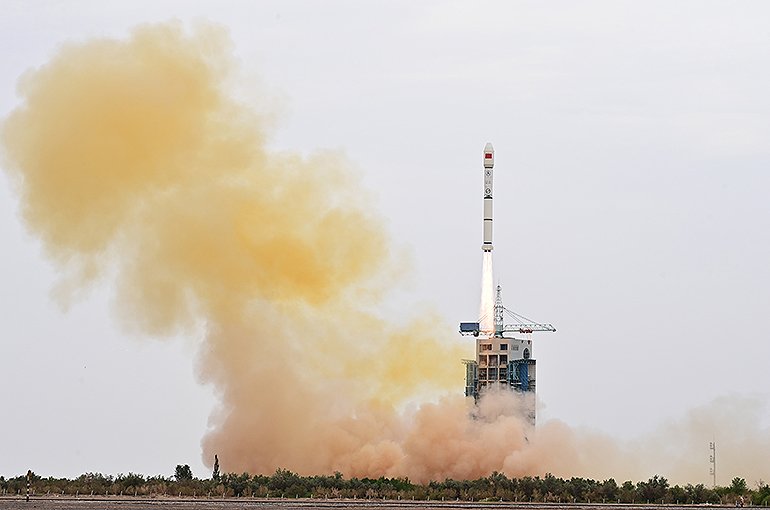According to Xinhua News Agency, the satellite was launched by a Long March-2C carrier rocket from the Jiuquan Satellite Launch Center in northwest Gansu Province.

China moved one step closer to creating its own low-earth orbit satellite constellation to compete with US space exploration firm SpaceX’s Starlink yesterday by launching a satellite into a predetermined orbit to test its satellite internet technologies.
According to Xinhua News Agency, the satellite was launched by a Long March-2C carrier rocket from the Jiuquan Satellite Launch Center in northwest Gansu Province. The technologies for satellite internet will be tested by it.
Liao Yunfa, head of the China Academy of Information and Communications Technology’s east China branch stated that the launch of the satellite makes a lot of sense because it shows that China has started testing low-earth orbit satellite internet. According to him, this also indicates that China’s six-generation communications system has moved beyond ground-based base stations and into space.
The concept of providing low-cost satellite internet on a global scale via a constellation of low-earth-orbit satellites was first proposed by Elon Musk’s SpaceX. 12,000 satellites will be placed in near-Earth orbit by the Starlink project between 2019 and 2024.
In order to lead the development of the nation’s satellite internet, China, which has one of the most ambitious space programmes in the world, established the China Satellite Network Group in April 2021 in Xiong’an New Area, northern Hebei province.
Hardware and networking technology used by Starlink-like projects will succeed in the ensuing three to five or even five to ten years, according to Li Yinliang, general manager of HCH Ventures, a venture capital platform under Chinese home appliance juggernaut Haier Group. Communication technology will advance towards low-earth-orbit satellites.
Sixth-generation communications are anticipated to reach technological standardization in the second half of 2025, start producing equipment in the second half of 2028, and enter the commercial era in 2030, according to a timeline presented at an International Telecommunication Union meeting.